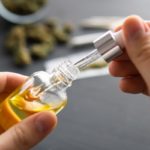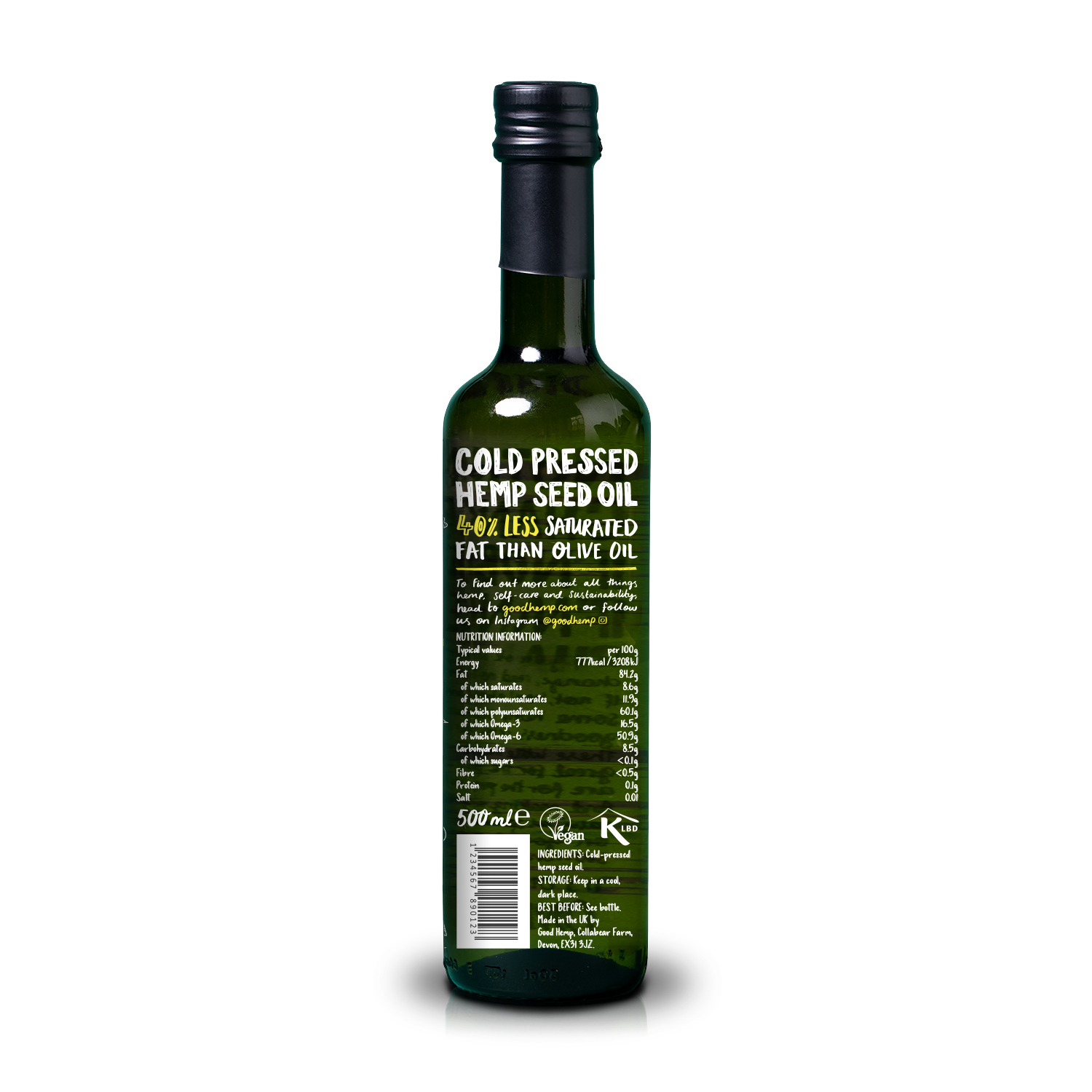
Corticobasal degeneration timeline
Corticobasal Degeneration usually begins in the upper extremities. These symptoms include stiffness and slow movements, tremors and balance (known as Parkinsonism).
They may also be clumsy and unsteady when walking or running (Gail syndrome). Parkinsonism can also cause problems with speech, swallowing or thinking.
The brain cells responsible for making these muscles are affected by tau protein buildup in some parts of the brain. This protein is broken down by the body to prevent it from clumping in a normal brain.
However, in corticobasal degeneration, the protein clumps up and blocks important areas of the brain. These include the cortex which is responsible memory and thought, and the basal Ganglia which connect to the spinal cord and control movement.

It can be difficult for doctors to diagnose corticobasal dementia. The symptoms may be similar to Parkinson's disease and progressive supranuclear paralysis. To determine if corticobasal dementia is present, your doctor will conduct a thorough physical exam.
Your doctor might refer you to an expert in neurodegenerative disorders, such a neurologist, who will examine your condition and determine if corticobasal dysfunction is the cause. They will ask you about your medical history and examine your brain scans. This is to check for movement in the brain.
A neurologist can give you a more accurate diagnosis than your primary physician. They can identify different types of movement disorders such as Parkinson's and progressive supranuclear paralysis.
They will also talk to you about the ways that your condition may be affecting your daily life, and they will recommend therapies for speech, language, and mobility. These therapies can be used to help you carry out your daily activities and maintain your independence.
Your doctor may recommend speech, occupational and physical therapy to assist you with your disabilities. These treatments can prove to be extremely effective.

Corticobasal dementia symptoms can be different for each person. They can also get worse over time. Your doctor might be able to treat some symptoms. He may prescribe medication that will reduce muscle jerks and mood swings.
Corticobasal-ganglionic degeneration, a form corticobasal type of degeneration, begins in the basal and cerebellum. They are part of brain's motor systems. It is most common in those over 60, but can also occur at any age.
This is a rare condition that can affect both men and woman equally. This happens when the protein tau accumulates in the brain's basal ganglia and cortex cells. There is no cure for the condition, but medication and other therapies can reduce or eliminate symptoms.
FAQ
What is the difference in CBD prices between states?
Prices for CBD products can vary depending on where you live. You can even find prices that are more than 10 times higher in some places!
The general rule of thumb is that prices rise the farther north you travel. CBD in Alaska costs $35 per gram. In Hawaii, however, it costs about $200 per gram.
This trend is continuing across the country. Prices range from $5 up to over $2,500 for a gram.
This is why?
Variable levels of regulation can explain why prices differ so greatly. Some states require CBD products to contain minimal THC (the psychoactive element of marijuana). Others don't care about the amount of THC present.
Some companies sell products in one state, and then ship them to another.
What conditions are treated by CBD?
A person's health is the most important aspect of any treatment. If you are using cannabis oil as a medicine, then it must be prescribed by a doctor. Without a prescription from a physician, it is illegal for you to use cannabis products.
There is no need for a prescription if you are using cannabis oil in a healthy way. You should talk to your doctor to confirm that cannabis oil is safe to be taken.
Cannabinoids are either extracted from whole plants or cannabinoids (THC, CBN) isolated compounds. Cannabis oils are made from these extracts. There are many types of cannabinoids in cannabis oils, including cannabidiol and tetrahydrocannabinol.
These components interact to receptors throughout your body to create effects like pain relief, stress decrease, and anti-inflammatory as well as antioxidant properties.
What does the future hold for the CBD Industry?
The future of the CBD industry is bright. It's easy to see why so many people are jumping on board with this sector. With CBD products accounting for over $1Billion in global consumer spending, it is easy to see how the market is growing exponentially.
According to Statista, worldwide sales of cannabidiol (CBD), are expected to hit $22.4 billion in 2019. This is almost 200% more than 2018!
It is also expected that the CBD market will grow at a compound annual growth of 22.5%. That would translate to approximately $6.8 million in revenue by 2020.
This is good news for both companies that want to enter the CBD market and those who are already in this sector. But, it is important to remember that the CBD industry is still in its infancy. There will be many challenges.
Statistics
- A recent study [161] also found that in vitro CBD treatment (i.e., ≤ 2 h exposure to 10 μM) induced ~40% vasorelaxation in isolated (pre-constricted) (ncbi.nlm.nih.gov)
- A recent systematic review of human trials also reported that individuals with epilepsy receiving CBD (5–20 mg·kg−1·day−1) were more likely to experience decreased appetite than those receiving placebo (i.e., ~20 vs. 5% of patients) (ncbi.nlm.nih.gov)
- CBD seems unlikely to directly influence sleep in healthy humans [115] (and maybe “sleep-promoting” in those with certain comorbid conditions) (ncbi.nlm.nih.gov)
- however, one study also found that these effects were virtually abolished when the original media (a nutrient broth agar) was replaced with one containing 5% blood (increasing the minimum concentration to ~160 μM CBD) [179]. (ncbi.nlm.nih.gov)
- HR −16 mmHg; 95% CI −26, −6; I2 = 92%) (ncbi.nlm.nih.gov)
External Links
How To
How To Get Certified For Selling CBD Products
One of many cannabinoids found within cannabis plants is CBD (cannabidiol). It's been used medicinally throughout history, including traditionally in China, India, and many South American countries. In recent years, however, its popularity has skyrocketed due to its ability to treat conditions like anxiety, pain, epilepsy, and inflammation. However, CBD products cannot be sold by anyone unless they are certified by the U.S. This means that any person who wants to sell CBD products must use the "unofficial" process called self-certification.
There are two ways to go about this. The first option is to join a canna business association. You can get support and advice from other members while learning from them. There are many organizations in the United States. Another option is to go online. The majority of states allow cannabusinesses to be online. If this is the case, then you can establish your own website immediately and start accepting orders. However, registration is required with your state Department of Public Health. Once you have been registered, you will be able apply for a state license through the department of public health. Once you receive your license, you're officially allowed to open your store and begin accepting orders.